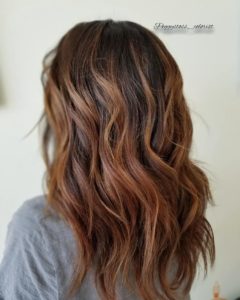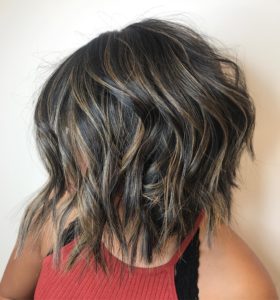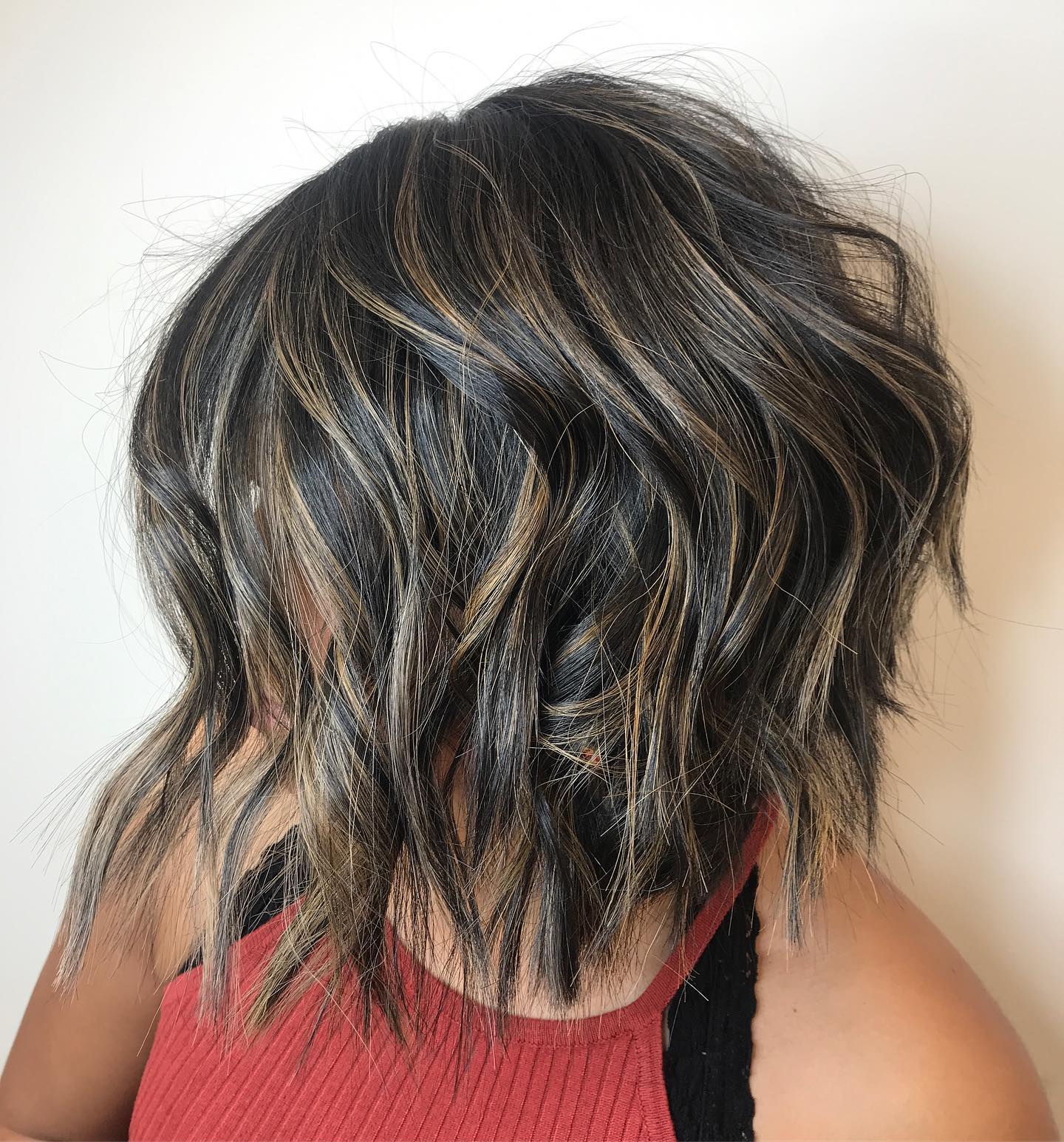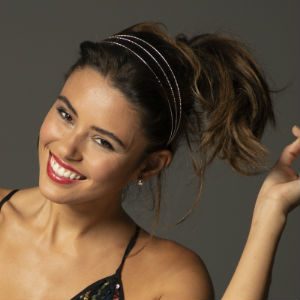Wondering what the right haircut is for you can be challenging. Maybe you feel your hair is too thin or too thick and wonder how you can make it feel lighter, bouncier or fuller. Layers are a great way to change up a look, but there are some things to consider based on your hair and your styling goals.
Factors for Layers
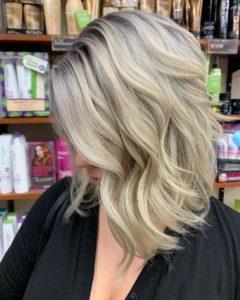
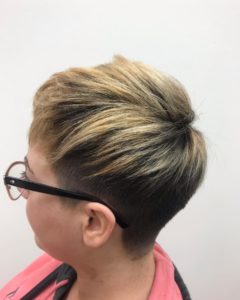
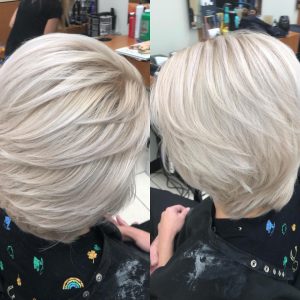
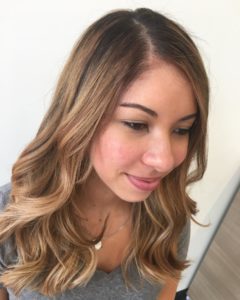
Layers are when the top portions of your hair are cut shorter than hair underneath. Layers can range from short to long, and can either be connected—a gradual flow of layers from the shortest layer to longest length—or disconnected, with a layer much shorter than the overall length. There are a few factors to consider when thinking about adding layers to your haircut.
- How thick or thin is your hair? If your hair is thick, it can feel heavy if not cut in a certain way. This weight can start adding unwanted bulk which is more noticeable at certain lengths. A common complaint for medium length hair is that it falls in a triangular bell-shape. This is a perfect example of when layers would be a positive addition to your cut because they will remove weight from the ends, allowing the hair to have more movement. If you fall into the “category” of thick hair but really don’t love layers, ask your Hair Cuttery stylist about removing some weight from the underneath sections of your hair without adding a defined layer. If your hair is on the thinner side, you may want to steer clear of layers. Layers can be a disservice to thin hair because taking away hair from the longest length can leave this section looking sparse and straggly. This isn’t always the case and some people simply prefer a layer so they can add more volume to the style. Here, a disconnected layer at the crown would help give that pop of volume without taking too much from the ends.
- How long is your hair? Still keep in mind the quantity of hair here because those factors play largely into medium and long length styles and some short styles. However, the shorter your hair is cut—like a pixie, for instance—the more the whole cut is based around layers as there really isn’t a base length anymore. This applies to both thin and thick hair. Thick hair is easier to add layers to at any length simply because you’re working with more hair; but a really important length to focus on adding layers is right around shoulder-length (above to just past) as this is where that triangular shape can really take over, adding unfavorable bulk to the sides of the face.
- How fine or coarse is your hair? No matter how thick or thin your hair is, the texture plays a role, too. If your hair is fine and thick, layers will help reduce weight and add movement. If it’s fine and thin, light layers might be preferred, to keep as much hair as possible. Coarse, thick hair is typically very layer-friendly and frequently preferred. If the terms of thin, fine, thick and coarse are a bit unclear to you, check out our post How to Make Thin Hair Appear Thicker where these differences are discussed.
- Curly or straight? Those of you with curly hair may prefer more layering than those with straight hair no matter what you determined for the previous factors. Curls tend to respond well and behave better when there is not a blunt weight line as layers allow them more movement and bounce which helps them lay better. Those with straight hair will find themselves relying on the previous three factors to determine what’s best for their hair.
Choosing Your Layered Cut
Now that you’ve considered the above factors, it’s time to think about the right style for you. To help with this decision, also check out our blogs on face shapes for both women and men. Based on some different hair combinations, here are a few suggestions for layers:
- Long length and medium to thick hair: Add many lengths of layers to create a cascading appearance. This looks especially nice on wavy hair or hair blown out with a large round brush.
- Short to medium length and medium to thick hair: Blunt looks are popular, like the bob and lob (long bob), but for you adding lots of texture and removing weight in addition to some long layers will help this trendy style work for you. Otherwise, opt for a long, textured, medium to long layered cut.
- Long length and thin hair: Try for all one length. Skipping layers altogether will keep your hair looking full. Add some face-framing angles to perk up the style. This will positively add to the overall appearance and prevent your long, thin hair from dragging down your face. This would be an ideal look for straight or wavy hair.
- Short to medium length and thin hair: A blunt bob cut would work wonders for you. The bluntness and length combined will really add a sense of fullness. If your hair is straight, adding texture to it with a curling iron or wand will create a more voluminous style. If you really like height, add a very light, shorter layer at the crown.
- Short length and thin hair: If your hair is thin, don’t be afraid to go short, like pixie short. Short cuts are based around layers and can allow you to achieve considerable volume. Or, take it the other way and make this a super sleek ‘do.
- Long length and curly: You’ve likely devoted much time over the years to figuring out your curls. Layers really help give you bounce and manageability but don’t cut your layers too short. Try a long style with medium to long layers.
